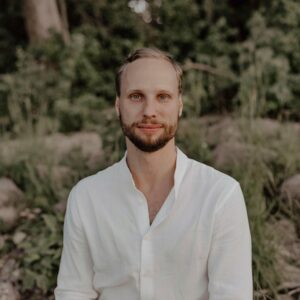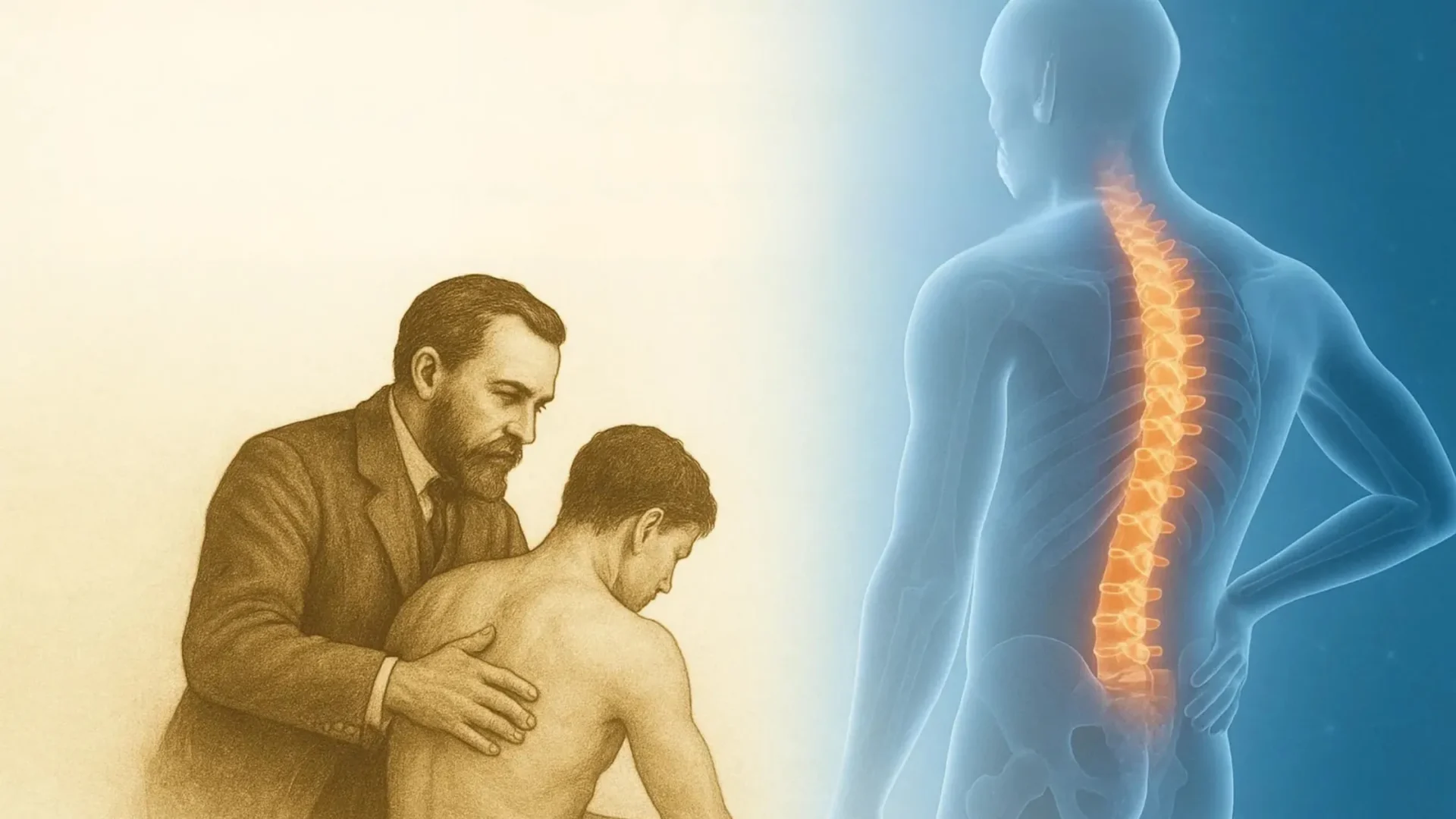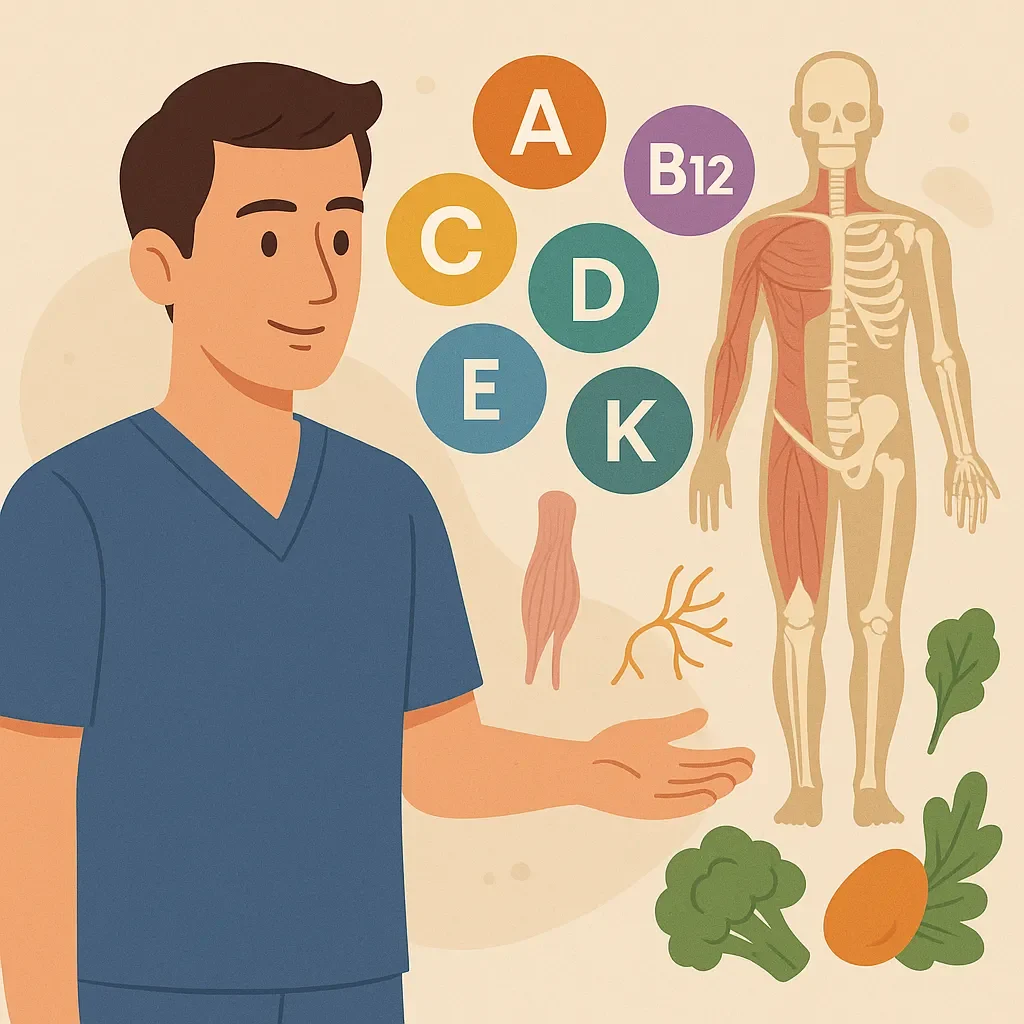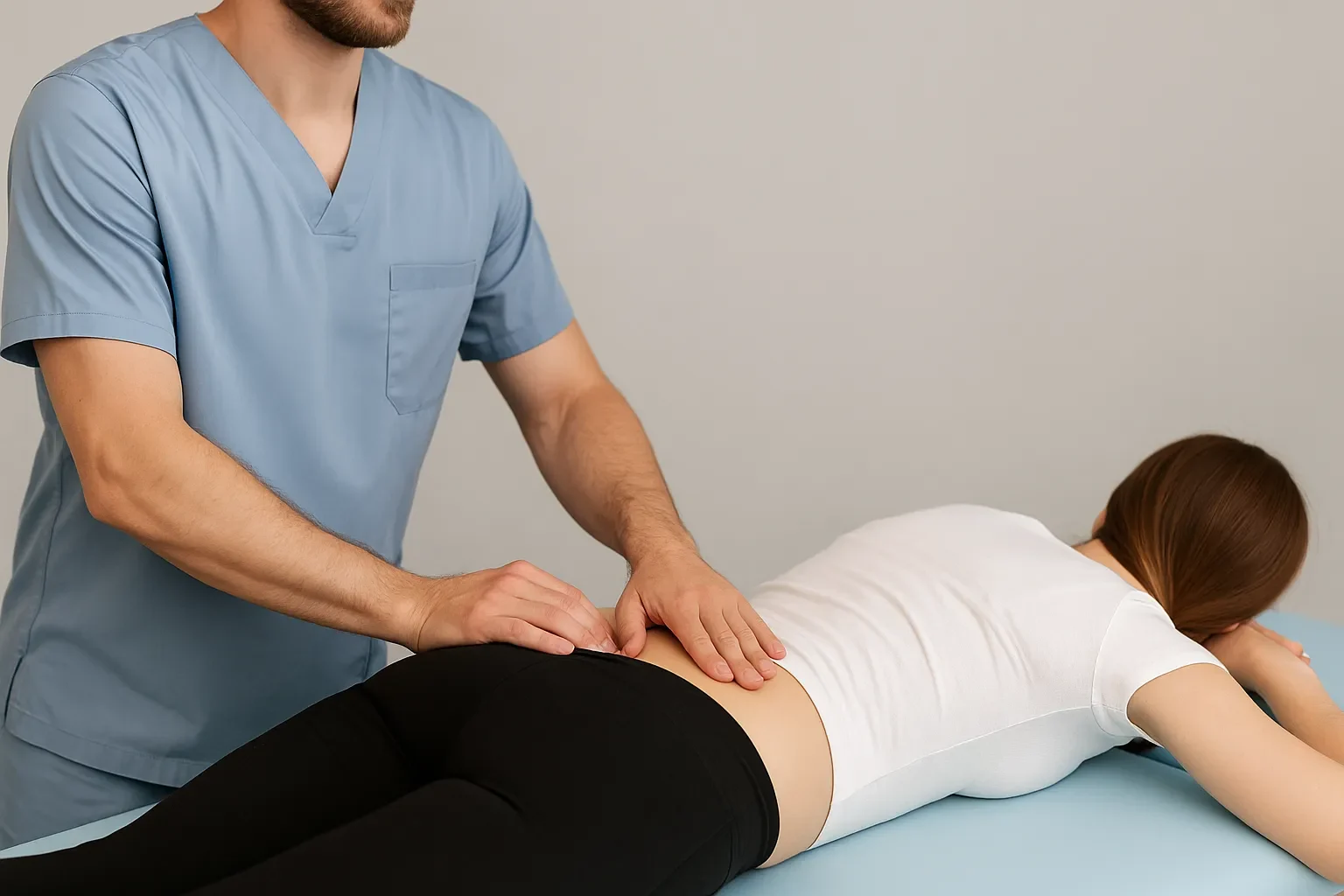Introduction
In a world rapidly advancing in biomedical science, the foundations of osteopathy, rooted deeply in century-old tradition, are experiencing fresh scrutiny and reinterpretation. A recent perspective piece in Applied Sciences (2025) revisits the divide between tradition-dismissive and tradition-reconceptualization approaches in osteopathic care, offering a thoughtful synthesis that aims to revitalize musculoskeletal practice with both scientific rigor and philosophical depth.
The article, authored by D’Alessandro et al., was published online on March 31, 2025, and represents a refined contribution following a rigorous peer review, expanded methodology, and added clinical framing.
Tradition-Dismissive vs. Tradition-Reconceptualization: Defining the Frameworks
Tradition-Dismissive
This approach advocates a clean break from osteopathic philosophy, favoring purely evidence-based, modern biomedical paradigms. Traditional osteopathic tenets, like visceral or cranial manipulation, are viewed as outdated, without empirical foundation.
Tradition-Reconceptualization
In contrast, this model seeks to preserve core osteopathic insights while reframing them through contemporary neuroscience, systems theory, and “enactivist” paradigms. It aims to integrate embodied, relational, and reflexive aspects of care into scientifically sound, patient-centered frameworks.
The authors propose that rather than discarding traditional osteopathy, we can reinterpret it, anchoring it in neuro-aesthetic enactivism, functional neuro-myofascial activity, and biobehavioral synchrony, to build a holistic yet credible model.
From Theory to Practice: A Four-Step Synchronization Framework
A highlight of the article is the introduction of a four-step framework that places patient–practitioner–environment synchronization at its core. This framework serves as a bridge, transforming abstract reconceptualization into tangible clinical steps.
Key Features:
-
Materials and Methods: The revised paper includes a thorough section detailing research questions, literature search, eligibility criteria, and a structured reflective synthesis process.
-
Clinical Scenario & Figure: A new “Clinical Scenario” subsection illustrates how synchronization might unfold in real-world consultation settings.
-
Expanded Scholarship: The article’s citation base grew from 32 to 74 references, reinforcing its interdisciplinary underpinnings.
Through successive phases, ranging from mindful practitioner attunement to environmental context, this framework encourages clinicians to “tune in” to the whole care dynamic.
Why This Matters for Osteopathy Today
-
Aligning Tradition with Science: By valuing osteopathic heritage while reinforcing it with modern theory and data, the reconceptualization path can attract broader legitimacy and interdisciplinary collaboration.
-
Clarifying Clinical Identity: Amid a saturated manual therapy landscape, a well-articulated theoretical model can help define osteopathy’s distinct role in musculoskeletal health.
-
Enhancing Patient-Centered Care: Emphasizing synchrony and embodiment cultivates deeper therapeutic alliances, moving beyond mechanical manipulation to relational healing.
-
Guiding Future Research: This perspective lays a conceptual foundation for empirical research, implementation studies, and educational innovations within osteopathic academia and practice.
Considerations & Future Directions
-
Implementation Needs: Translating the synchronization framework into everyday practice may require training, case studies, and tools to ensure fidelity.
-
Evidence and Outcomes: Empirical validation—through pilot studies, patient-reported outcomes, and physiological measurements—is essential to confirm clinical utility.
-
Interprofessional Integration: As osteopathy repositions itself, opportunities to synergize with physiotherapy, rehabilitation, and behavioral medicine will expand.
Conclusion
The Applied Sciences article offers a compelling middle way: honoring osteopathy’s philosophical roots while committing to scientific integrity and patient responsiveness. Its synchronization-based model heralds a future in which osteopathic care stands confident—not as archaic, but as thoughtfully evolved.
Join the Conversation
Do you agree with the reconceptualization approach, or do you believe osteopathy should break entirely from tradition? Share your perspective in the comments below, and don’t forget to share this article with your professional network to keep the dialogue going.
Read the full article here: https://doi.org/10.3390/app15073828








